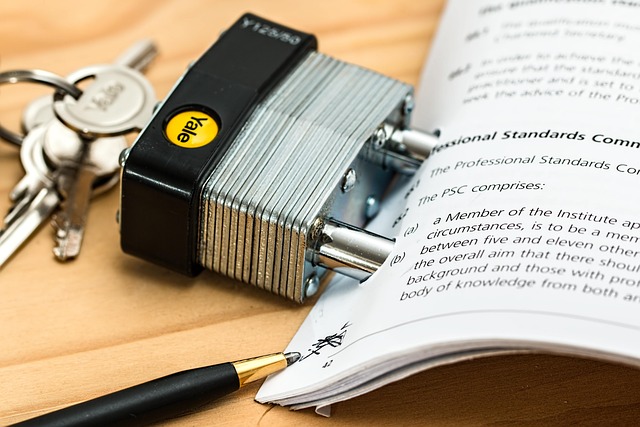Safeguarding Your Data: Best Practices for Protecting Storage Devices
In today’s digital world, the protection of data storage devices has become an essential priority for individuals and organizations alike. With the increasing amount of personal and sensitive information we store, protecting these devices from loss, theft, and damage is paramount. Whether you rely on a local hard drive, external storage, or cloud services, implementing best practices can greatly enhance your data security.
1. Encrypt Your Data
One of the most effective ways to secure your data is by using encryption. Encryption ensures that your information is scrambled and can only be accessed by authorized users with the correct decryption key. By enabling encryption on your storage devices, you add an extra layer of protection, making it much harder for cybercriminals to access your data if your device is lost or stolen.
2. Regular Backups
No matter how well you protect your devices, data loss can still happen. Whether due to hardware failure, accidental deletion, or ransomware attacks, having a robust backup strategy is crucial. Regularly back up your data across multiple platforms—local devices, external hard drives, and cloud storage. This redundancy ensures that you can restore your information in case of unexpected disasters.
3. Use Strong Passwords
Passwords are your first line of defense against unauthorized access. Make sure to create strong, unique passwords for your storage devices. A combination of letters, numbers, and special characters increases the difficulty for potential intruders. Additionally, consider implementing two-factor authentication (2FA) wherever possible for added security.
4. Physical Security
Physical access to your storage devices can pose significant risks. Ensure that your devices are stored in secure locations, such as locked cabinets or safes. When traveling, use carrying cases that provide additional protection against drops and impacts. Also, be cautious about leaving devices in unattended vehicles or public places.
5. Keep Software Updated
Outdated software can leave your devices vulnerable to security threats. Regularly check for updates for your operating system, antivirus programs, encryption tools, and any other software you use to manage or protect your data. Keeping your systems up to date ensures you have the latest security patches and features.
6. Educate Yourself and Your Team
A key component of the protection of data storage devices is knowledge. Stay informed about the latest cybersecurity threats and best practices. If you manage a team, conduct regular training sessions to raise awareness about data security and encourage safe habits, such as recognizing phishing attempts and understanding secure browsing practices.
7. Monitor Your Devices
Implement monitoring tools that can alert you to unusual activity on your storage devices. Intrusion detection systems and regular audits can help you identify vulnerabilities before they are exploited. Monitoring also allows for quicker responses to potential breaches, minimizing the impact of any threats.
By adopting these best practices, you can significantly enhance the protection of data storage devices and mitigate the risks associated with data loss and theft. In our increasingly interconnected world, taking proactive steps towards securing your digital assets is not just a choice; it’s a necessity.




